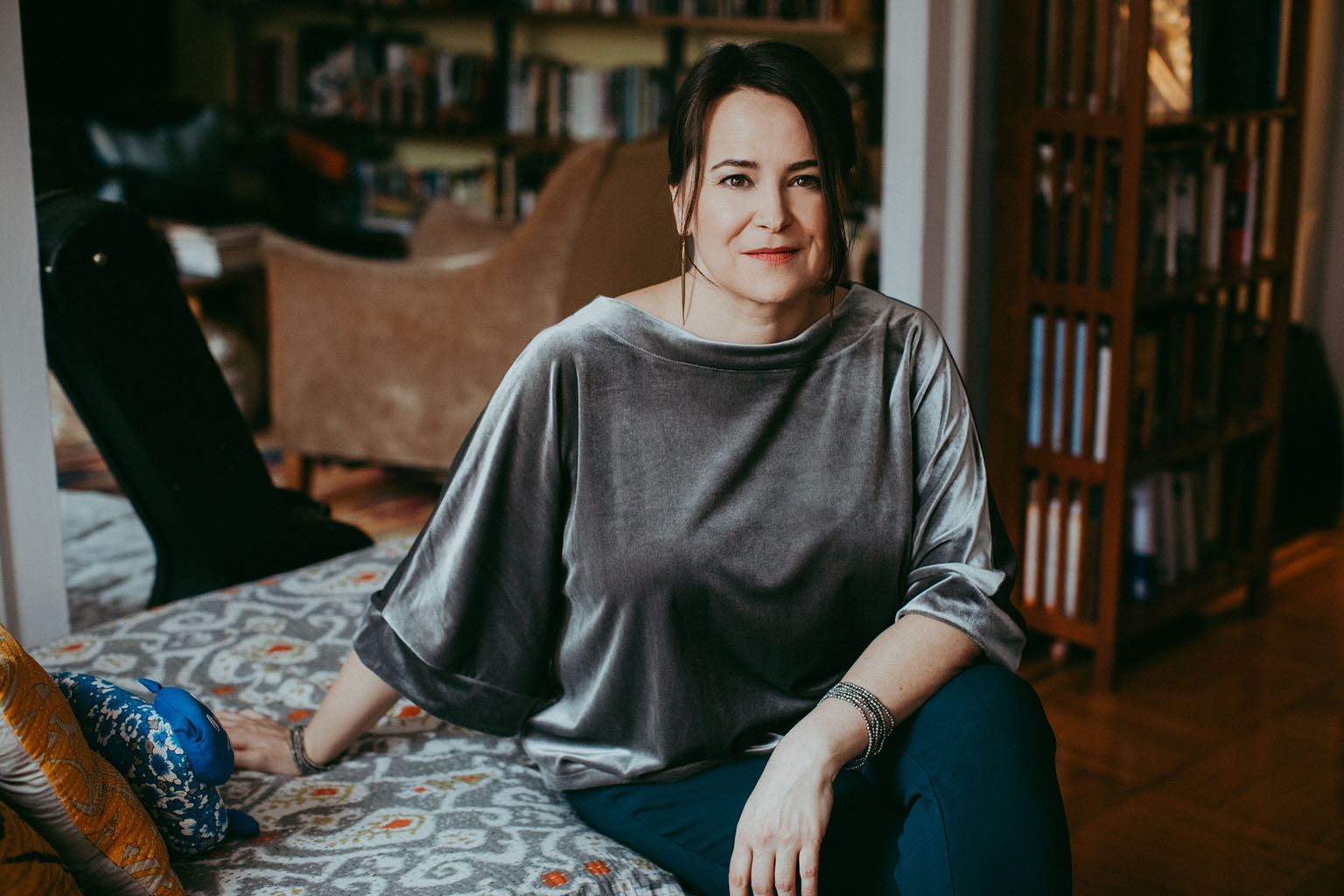Part book review, part impressionistic scribblings on the joys of reading and the struggles of carving out time in which to do it,
#ABookishYear is a weekly dispatch from the front lines of an intellectual journey spanning fifty-two tomes.
Face Value
By Roxanne Fequiere
“Did you choose this one because of its cover?” my partner asked when he found me in bed, tearing through Eve Babitz’s Black Swans. I glared at him in a flash of indignation, then reconsidered.
“Sort of,” I replied, shrugging.
Eve Babitz came to me in 2014 by way of a wonderfully entertaining Vanity Fair piece that traced her trajectory from Hollywood High to Nîmes to Sunset Boulevard, rubbing elbows (and other body parts) with everyone from Jim Morrison to Harrison Ford. She designed album covers, she snagged a book deal, she had an accident that resulted in third-degree burns spread across half her body, she faded from the public eye. Her story had a heady mix of enchantment and tragedy. I filed her name away in my brain, expecting to see her work the next time I did some bookstore browsing.
I wasn’t actively looking for her, which perhaps explains why it took three years for me to trip over Sex & Rage during a dreary business trip to San Francisco. I hated the work I’d traveled across the country to do, and so I ducked out of the office as early as possible and took a cab to City Lights. I was in the thick of a deep funk, mired enough to know that there would be no quick fixes. Still, I had a notion that wandering aimlessly throughout an institution dedicated to ideas would buoy me a bit.
“The thing about first impressions is that you only get one.”
The limoncello hue of the book’s spine popped off the shelf. The crimson text, rendered in a plump, pleasant serif font that suggests indulgence, pulled me in. By that point, it almost didn’t matter what the cover actually said, but Sex & Rage was about as juicy a title as I could imagine. I took the book off the shelf, turned it over, and then caught the author’s name. Eve Babitz. I remembered that name from somewhere; hadn’t I read about her years ago? Eventually, I’d recall my first introduction to her name, but really, it was the cover that did the heavy lifting, performed the magnetic feat of drawing my hand to that title among thousands of others.
The cover of Black Swans is dressed up much like Sex & Rage with that same thick serif font, this time in Baker-Miller pink on a green background, emblazoned across the cover in a way that calls to mind the Judith Krantz book I read last week. Of course, I’m now familiar with the Babitz milieu, but that cover design is the equivalent of a handful of flashing neon arrows pointing in her direction. Pick me, it says without saying anything at all. I’m a lot of fun.
There aren’t many authors I’d openly admit to having picked up off a shelf based on the strength of its cover alone—aside from the fact that it conflates the work of the writer with the work of the designer who crafted the visuals, it seems like a shamefully un-literary detail to focus on. With Eve Babitz, however, the sentiment feels thoroughly appropriate. She’s driven by the look and feel of things, and in Black Swans, a collection of semi-autobiographical stories set in her native Los Angeles during the ’80s and ’90s, she’s particularly preoccupied by the changing look of the times, the city she calls home, and the people who inhabit it. “It seems that the only people on TV who don’t dye their hair these days are recently released captives,” she observes. “This mentality, alas, is really bad in L.A., where the light is so pitiless.”
“After all, Babitz’s first book included a lengthy dedication that included Joan Didion and John Gregory Dunne, ‘for having to be who I’m not.’”
Eve Babitz is a gift to girls like me, who’ve long been at once absorbed by the looks of things and acutely aware that to be taken seriously, one ought to keep those sorts of things to one’s self—or at least have the decency to develop some deeper considerations on those superficial subjects. Still, I found it difficult to gloss over her devil-may-care takes, however brief, on subject matter on which our wires cross. When she sees her friend’s aunt during her last days, tended to by “three black full-time nurses…. it was as though through their flutter of black hands, her soul could free itself of her body, and it was a terrible mixture of truth, beauty, and intimacy.” For me, it was as though three women doing their jobs were molded into a rough-hewn magical negro trope in order to send a white character into the afterlife. Perhaps Babitz’ rendering was careless; perhaps my reading was harsh. The thing about first impressions is that you only get one.
Not long after I finished reading Black Swans, my dearest friend, a stubbornly steadfast native Angeleno like Eve herself, popped up on my phone’s home screen, sharing a tweet by writer Michelle Lhooq: “Joan Didion is the girl at the party smoking cigarettes in the corner and scowling while Eve Babitz is fucking two dudes on the dancefloor on Quaaludes.”
“Oh my God, how did you know?” I asked her. She hadn’t known what I was reading, only that I would appreciate the joke. After all, Babitz’s first book included a lengthy dedication that included Joan Didion and John Gregory Dunne, “for having to be who I'm not.” To be a Californian writer that specialized in thoughtful, incisive commentary that plunged deep into the American psyche was a noble cause—it just wasn’t Eve’s.
Featured Books
Roxanne Fequiere is a New York–based writer and editor who might just make it after all.
Return to
FEATURED INTERVIEWS










